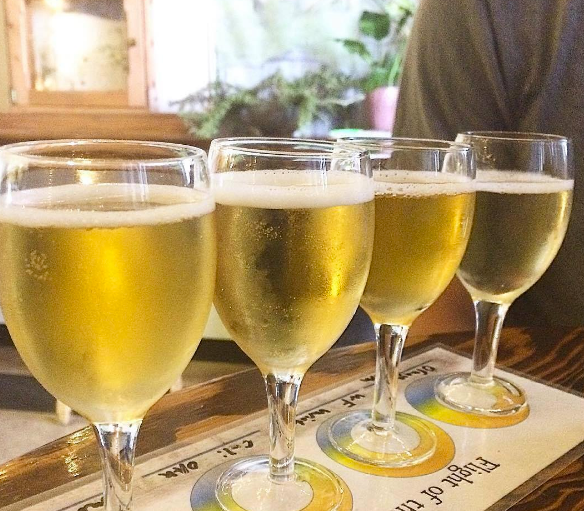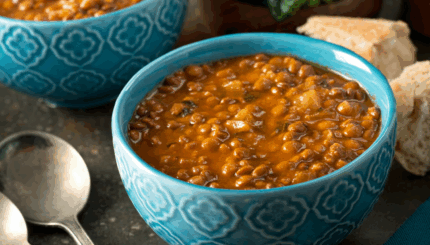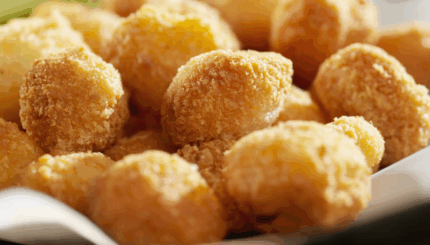Image from Golden Coast Mead
Of all the latest Jewish food trends–pastrami topped pizza and dukkah to name a few–mead is the most ancient. This fermented honey drink–sometimes even made with apples– is making headlines, just in time for Rosh Hashanah. Made with honey, herbs, spices, fruits, and yeast, it’s one of the earliest fermented beverages, predating even beer and wine.
Quietly rising in popularity in craft beer settings and experimental kitchens, mead, according to Bloomberg News is “not just for hobbits anymore.” One of the fastest-growing alcoholic beverage markets, mead-makers (called mazers) are establishing meaderies and even mead bars throughout the country.
This delicious drink was developed in Africa, China, and Europe as far back as 3000 BCE, according to Eater.com. Pretty much wherever honey was collected, humans found a way to transform it into a golden, fermented honey drink.
The Nosher celebrates the traditions and recipes that have brought Jews together for centuries. Donate today to keep The Nosher's stories and recipes accessible to all.
Part of its current popularity has to do with today’s very regionally-inspired approach to food. Craft meads feature local raw honey, seasoned with foraged herbs like juniper berries, marjoram, elderberries, sumac, apples, and cherries.
If you think that apple mead–a variety called cyser–sounds like a fun, new Rosh Hashanah tradition, we couldn’t agree more. At least a few mead-makers are brewing it this fall, including Maine Mead Works in Portland, Maine, Rabbits Foot Meadery in Sunnyvale, California, and Moonlight Meadery in New Hampshire. Cheers!
Rosh Hashanah
Pronounced: roshe hah-SHAH-nah, also roshe ha-shah-NAH, Origin: Hebrew, the Jewish new year.



